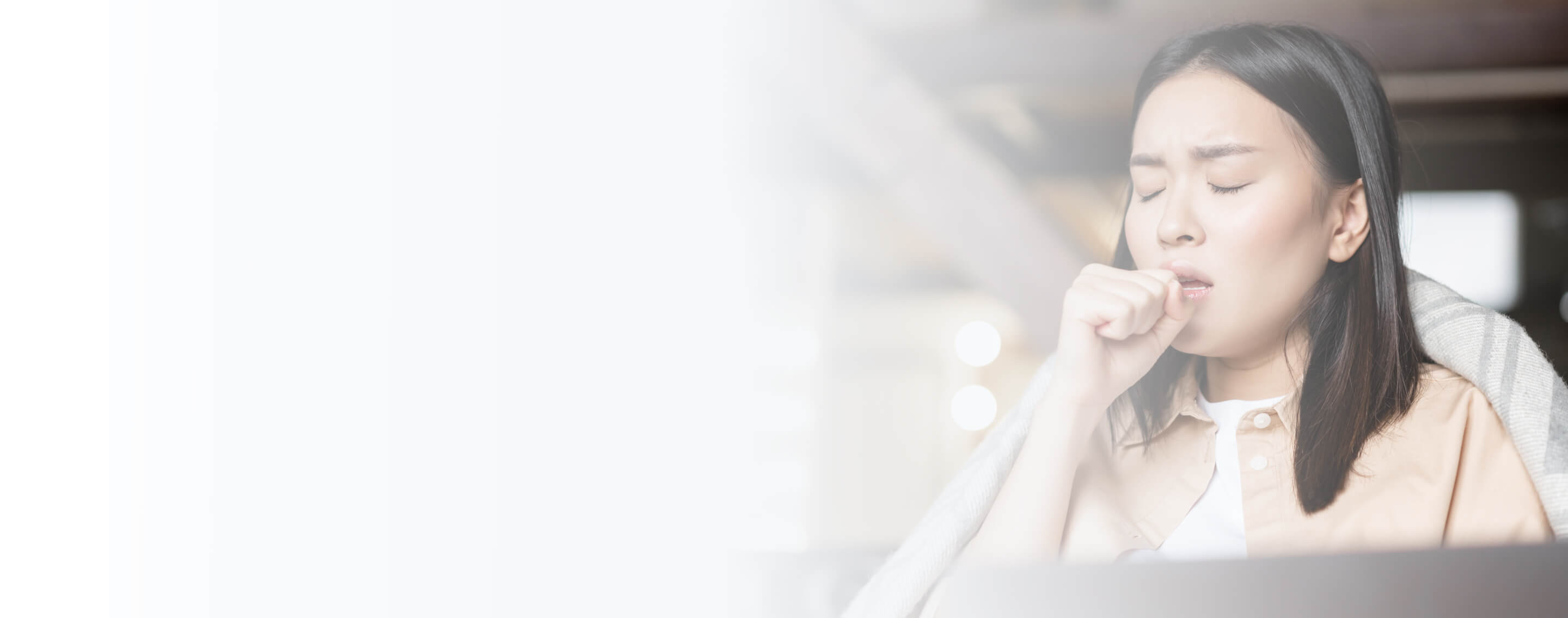Look Like?
WHAT DOES RSV INFECTION LOOK LIKE?
The initial symptoms of RSV infection are usually mild and resemble a common cold.1However, the infection can escalate, especially in high-risk groups, causing conditions such as:
Bronchiolitis (inflammation of the small airways in the lungs)
Pneumonia (infection of the lungs).2
Signs and symptoms of these severe forms of RSV infection may include:1
Fever
Fatigue
Severe cough
Wheezing
Breathlessness
Severe decrease in appetite
RSV infections typically resolve within a week or two, with symptoms varying based on the severity of the disease and individual’s age group.1 Being aware of these symptoms is important to ensure timely medical intervention and prevent complications.
HOW DOES RSV SPREAD?
Respiratory Syncytial Virus (RSV) is a common virus that infects the lungs and respiratory tract. Symptoms of RSV resemble a common cold or flu, making it difficult to diagnose without specific testing.1,2
RSV spreads through:
Droplets from a cough or sneeze
Touching a surface contaminated with the virus.3
RSV outbreaks have been linked to:
High temperatures
Low humidity
Temperature changes.4
In Singapore, RSV transmissions generally peak between May to September.2
Understanding the nature and symptoms of RSV is essential for early detection and treatment. It's important to seek advice from a healthcare professional if you or your child display symptoms that could indicate an RSV infection.5
WHO CAN GET INFECTED?
RSV can infect everyone. The following groups are at higher risk of severe infection:
Premature infants
Infants 6 months or younger
Older adults, especially those with chronic heart or lung disease or weakened immune systems.1,2
As RSV is highly contagious, it is crucial to take preventive measures such as:
Frequent hand washing
Avoid close contact with sick individuals
Maintain clean surfaces.3
HOW CAN RSV BE DANGEROUS?
RSV is the leading cause of lower respiratory tract infections worldwide.1,2 In severe cases, the infection can even lead to hospitalisation.3
If not treated promptly, RSV can lead to complications:
Dehydration
Superimposed bacterial infections
Severe respiratory failure3
A study of adult patients with core risk factors# for severe RSV or influenza infections found that:4
A greater proportion of patients with RSV and core risk factors required hospital stays of >3 days compared with patients with influenza and core risk factors.4
RSV patients also experienced more complications during hospitalisation, including lower respiratory complications, cardiovascular complications, and bacterial superinfections, compared to patients with influenza.4



